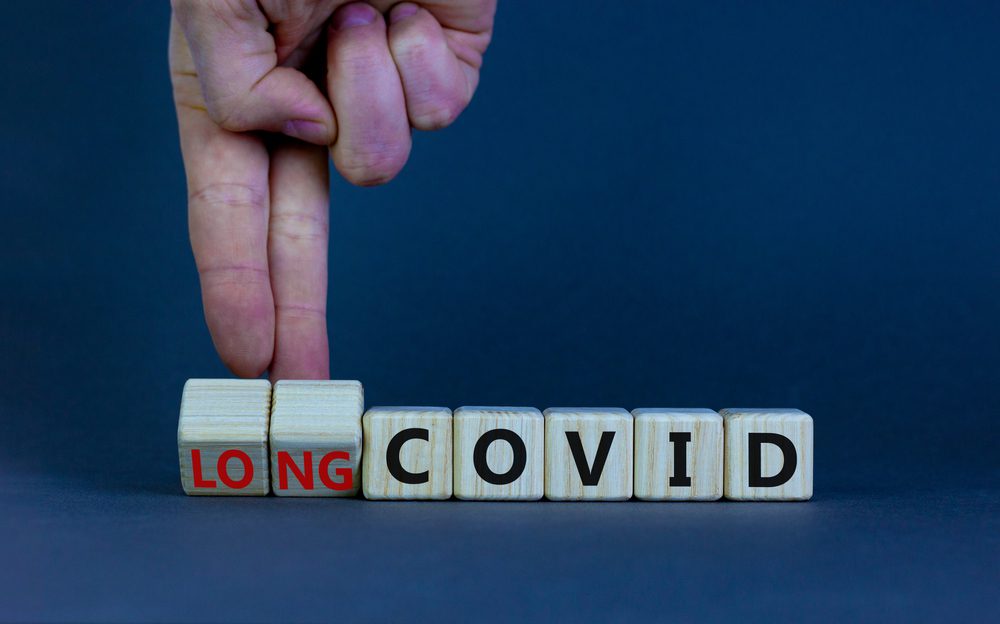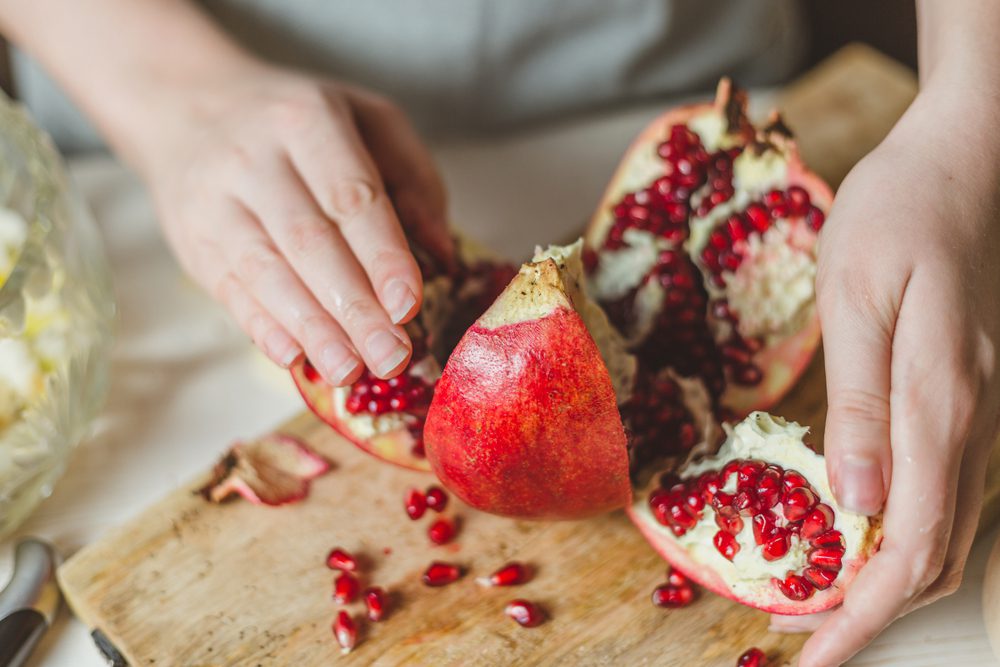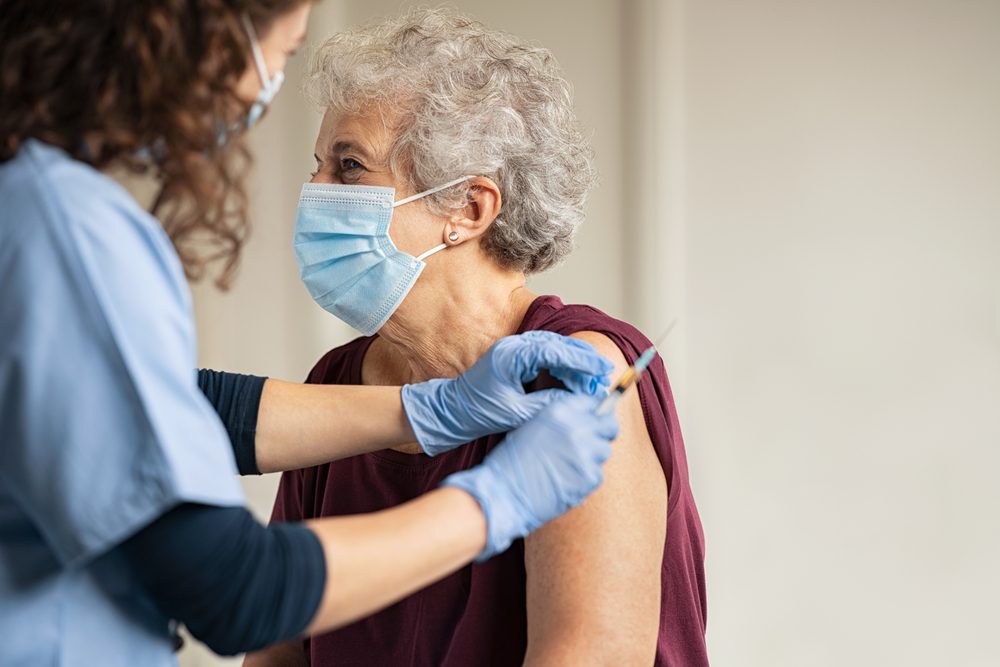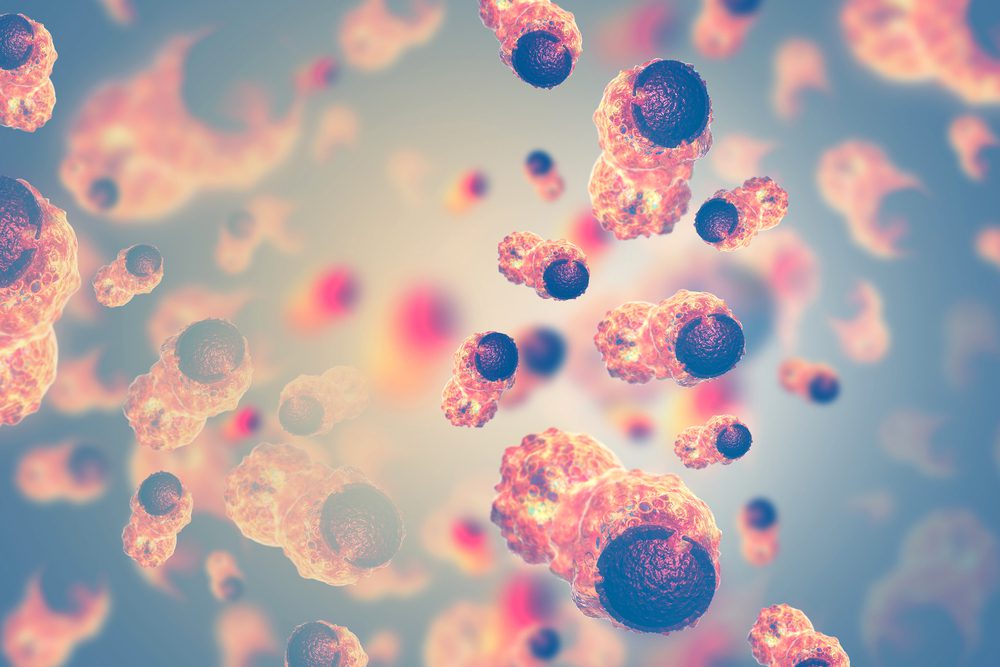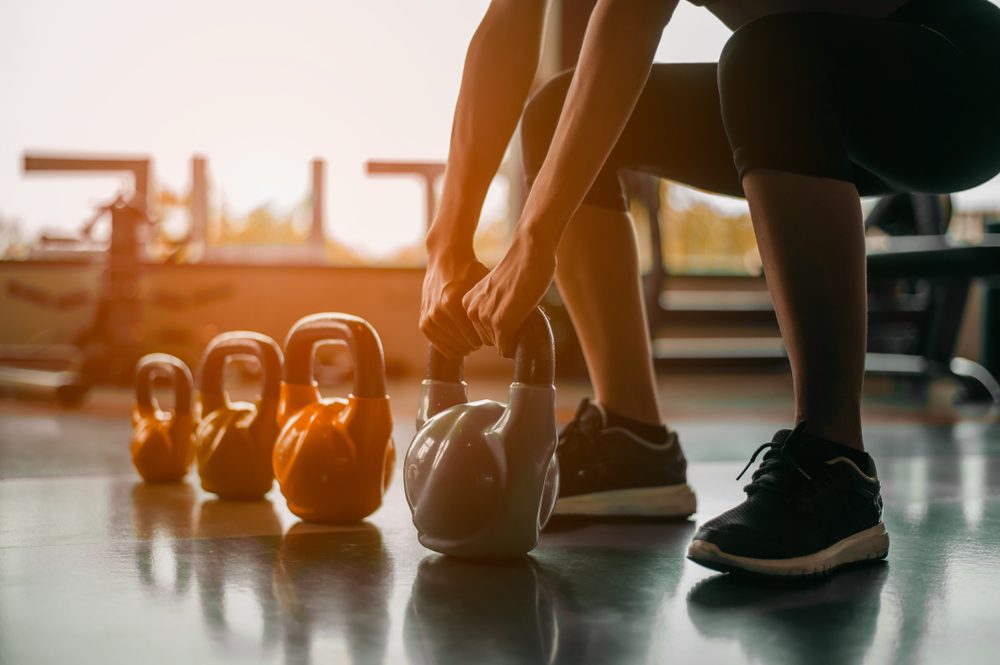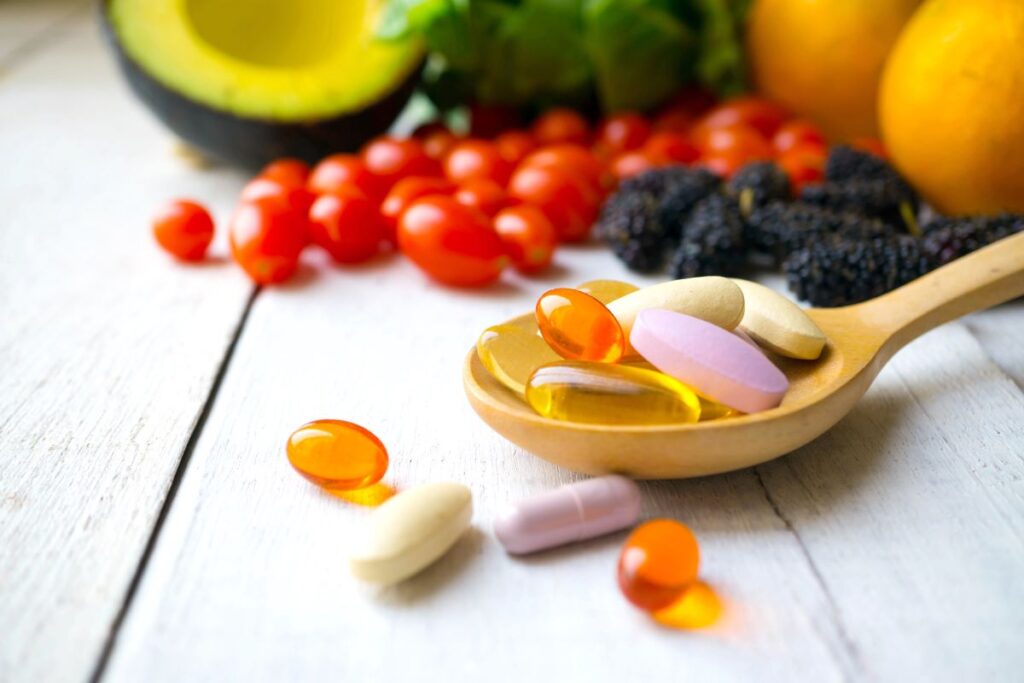Vitamin D: The Sunshine Vitamin and Calcium’s Best Friend
If calcium is the brick for building strong bones, vitamin D is the mortar that holds it all together. You can consume all the calcium in the world, but without sufficient vitamin D, your body can’t absorb it properly from your intestine. This dynamic duo works in perfect harmony to protect your skeleton.
Why Vitamin D Matters After 60
Vitamin D plays a critical role in regulating calcium levels in your blood. When you have enough vitamin D, your body can effectively absorb calcium from your food. When you’re deficient, your body is forced to pull calcium from your bones to maintain normal blood concentrations, weakening your skeleton over time. As we age, our skin becomes less efficient at producing vitamin D from sunlight, and our kidneys are less able to convert it to its active form, making dietary sources and potential supplementation even more vital.
The Top 5 Sources of Vitamin D
Getting enough vitamin D can be a bit trickier than calcium, but with a little planning, it’s entirely achievable.
1. Sunlight: The original source! Your body naturally produces vitamin D when your skin is exposed to UVB rays from the sun. Just 10-15 minutes of exposure on your arms and legs a few times a week can make a difference. However, be mindful of skin cancer risks and avoid peak sun hours. Your location, season, and skin pigmentation will also affect production.
2. Fatty Fish: Salmon, mackerel, tuna, and trout are exceptional sources of vitamin D. A single serving of salmon can often meet or exceed your daily requirement. It’s a delicious way to support your bones, brain, and heart.
3. Fortified Milk and Yogurt: Most cow’s milk in the U.S. is fortified with vitamin D, making it a reliable and easy source. Many plant-based milks and yogurts are also fortified—just be sure to check the label.
4. Egg Yolks: The sunshine is in the yolk! While the amount isn’t as high as in fatty fish, eggs are an accessible and versatile food that contributes to your daily vitamin D intake.
5. Fortified Cereals and Juices: Just like with calcium, many breakfast cereals and orange juices are fortified with vitamin D. Starting your day with a fortified bowl of cereal and a glass of fortified juice can give you a significant head start.
Signs You’re Not Getting Enough
Vitamin D deficiency can be subtle. Symptoms might include fatigue, general aches and pains, bone pain, and muscle weakness. Because these symptoms can be attributed to many other conditions, the best way to know your status is through a simple blood test ordered by your doctor. Getting enough vitamin D not only helps your bones but can also support immune function and mood.
What to Consider: The Case for Supplementation
For many older adults, especially those in northern latitudes or who spend a lot of time indoors, getting enough vitamin D from sun and food alone can be very challenging. This is why many healthcare providers recommend a vitamin D supplement. It’s one of the most common and beneficial supplements for seniors. Talk with your doctor to have your levels tested and to determine the appropriate dosage for your individual needs.



